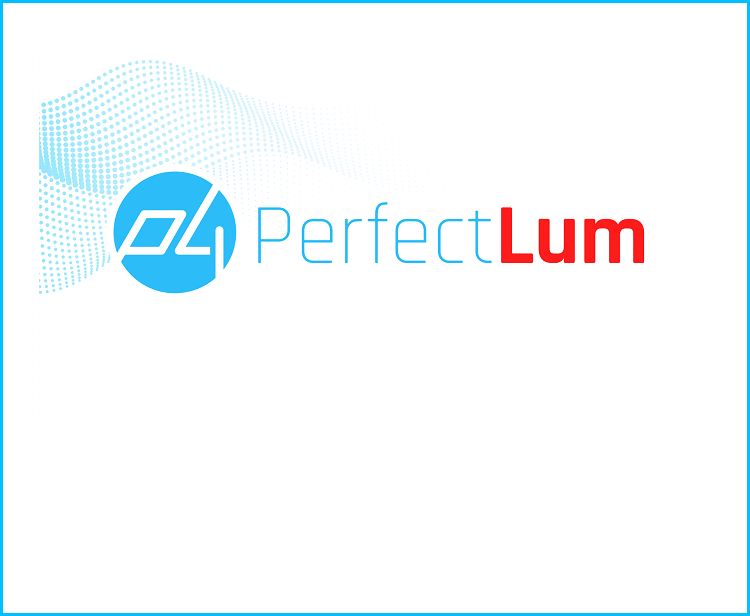For a layman, it is important that we first define the term, “Calibration Software.” Calibration software refers to applications that automate all or part of a calibration process via a computer system. The need for calibration software has increased drastically in the last few years to automate documentation so that time is saved, lower risks of any errors and to quickly analyze the data to accelerate the decision making process.
Different process plants have different calibration software working under it. Methods of calibration are different in terms of cost, quality and efficiency. The result is streamlined, automated calibration process, which improves quality, plant productivity, and efficiency.
If you want to leave that old school type of documentation type you must definitely jump up to calibration software. Though it would be a little time consuming but the results will be worth it. If your data is having high amount of errors then it is a perfect time to switch to a calibration software. With calibration software, the users are provided with user-friendly windows like interface. This software does all the work for you. It stores all instruments and calibration data.
This involves planning and scheduling of calibration work, analysis and optimization of calibration frequency, production of reports, certificates and labels, and very simple integration with maintenance management systems.The most common question asked by many people is that why do we need a calibration software or in what ways it would help the company grow?
- Faster execution.
- Analysis capabilities.
- Cost reduction.
- Easier organization.
- Better decision-making.
- Quality improvements.
- Improved efficiency.
The calibration software is the most advanced solution available to support and assist in calibration management activities. In order to understand how software can help you better manage process plant instrument calibrations, it is important to consider the typical calibration management tasks that companies undertake. There are five areas on which calibration software works- planning and decision making, organization, execution, documentation, and analysis.
Every type of process plant, regardless of size and industry sector, can benefit from implementing an automated calibration management software. Compared to traditional, paper-based systems, using dedicated calibration software has improved quality and productivity and also reduced the cost of the entire calibration process. This in return saves businesses both time and money and boost up their growth. With software having relevant features you can easily achieve organizational goals.
QUBYX offers the best calibration software available in the market. We have a team of efficient engineers who are putting together all their skills and knowledge to provide you with calibration software that suits your interests. We offer the best medical display calibration software in the market that saves time and resources. Feel free to contact us for any queries. Just drop a message and we’ll get back to so as soon as possible.



